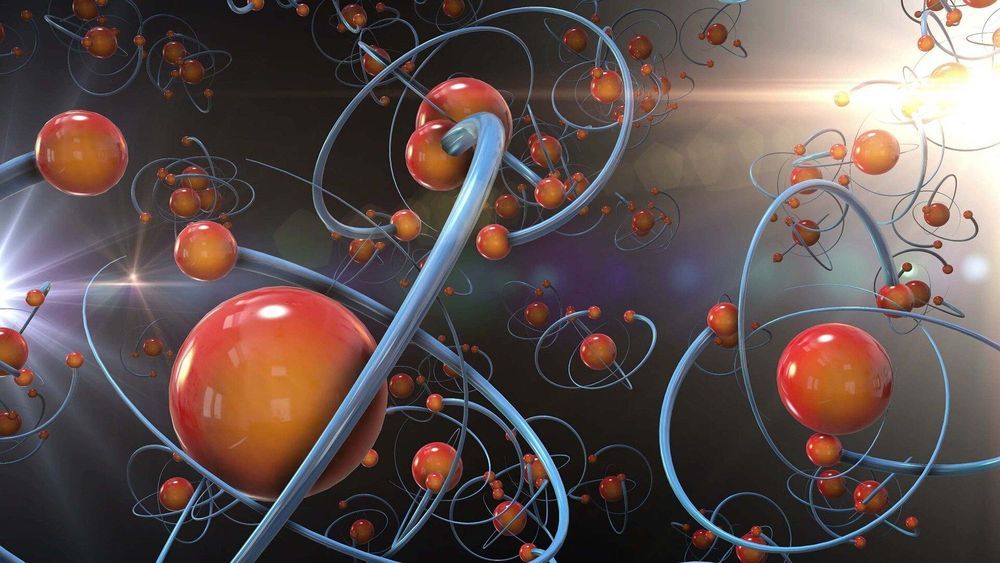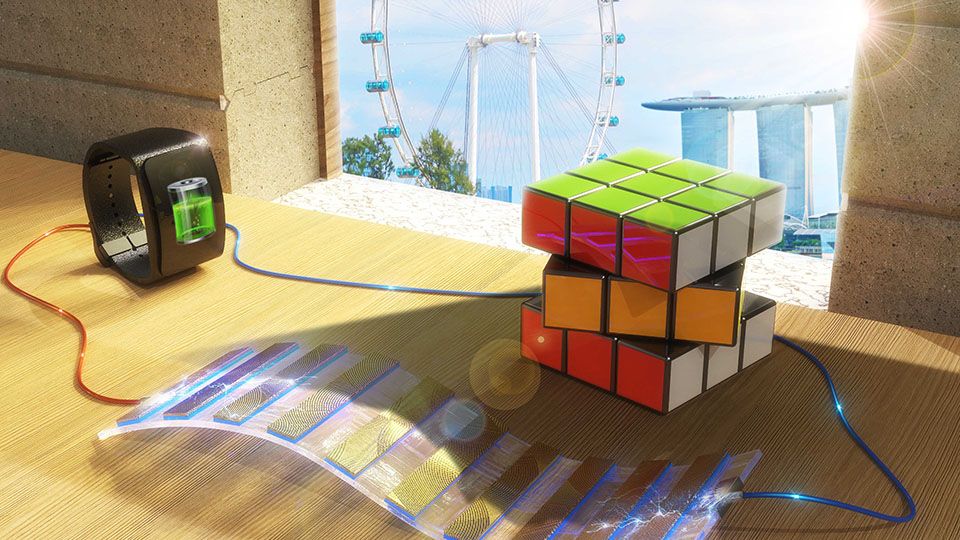The United Nations International Day of Happiness (UNIDOHappiness) recognizes happiness as a fundamental human right and goal, and is celebrated every March 20, forever.


The United Nations International Day of Happiness (UNIDOHappiness) recognizes happiness as a fundamental human right and goal, and is celebrated every March 20, forever.

Australia has certainly demonstrated its appetite for solar power. Now, with the average lifespan of a solar panel being approximately 20 years, many installations from the early 2000’s are set to reach end-of-life. Will they end up in landfill or be recycled? The cost of recycling is higher than landfill, and the value of recovered materials is smaller than the original, so there’s limited interest in recycling. But given the presence of heavy metals, such as lead and tin, if waste is managed poorly, we’re on track for another recycling crisis. A potential time bomb could present itself as an opportunity, however, if the global EV industry showed an interest in the recovered solar products.

Meticulously organised fatty acids are responsible for the bacteria-killing, superhydrophobic nanostructures on cicada wings. The team behind the discovery hopes that its work will inspire antimicrobial surfaces that mimic cicada wings for use in settings such as hospitals.
When in contact with dust, pollen and – importantly – water, the cicadas’ superhydrophobic wings repel matter to self-clean. These extraordinary properties are down to fatty acid nanopillars, periodically spaced and of nearly uniform height, that cover the wings.
Past work has generally only described cicadas’ wings as ‘waxy’ and not explained how these fatty acids nanopillars give rise to unique traits. Nor is it known exactly why cicada wings evolved antibacterial nanostructures. These gaps in our knowledge exist, in part, because of how diverse the cicada family is. But Marianne Alleyne’s group at the University of Illinois, Urbana–Champaign, along with colleagues at Sandia National Labs, set out to understand what role chemistry plays in the wings of two evolutionarily divergent species.

Researchers at MIT and elsewhere have combined the power of a super collider with techniques of laser spectroscopy to precisely measure a short-lived radioactive molecule, radium monofluoride, for the first time.
Precision studies of radioactive molecules open up possibilities for scientists to search for new physics beyond the Standard Model, such as phenomena that violate certain fundamental symmetries in nature, and to look for signs of dark matter. The team’s experimental technique could also be used to perform laboratory studies of radioactive molecules produced in astrophysical processes.
“Our results pave the way to high-precision studies of short-lived radioactive molecules, which could offer a new and unique laboratory for research in fundamental physics and other fields,” says the study’s lead author, Ronald Fernando Garcia Ruiz, assistant professor of physics at MIT.


Most preppers are not in fact preparing for doomsday – they’re everyday people who anticipate and try to adapt for many conditions of calamity; conditions that they believe are inevitable and have been exponentially escalated through human hubris and excessive reliance on technology and global trade networks. While the disasters they anticipate might – at the more extreme end of the spectrum – include major “resets” like an all-out nuclear war or a massive electromagnetic pulse from the Sun that would fry our fragile electronics, most preppers stockpile for low to mid-level crises like the one the world is experiencing now.
For some, the current crisis is a dummy run for long-term lockdown. Across the world, luxury bunkers are being built for a lucky few to survive calamity and collapse.

NASA and SpaceX officials have given the “go” for launch on a mission that will return human spaceflight to the International Space Station from U.S. soil on an American rocket and spacecraft as a part of our NASA Commercial Crew Program.
Tune in to https://nasa.gov/live starting at 6 p.m. EDT to hear updates from #LaunchAmerica mission experts.

Researchers have created a device called a ‘shadow-effect energy generator’ that makes use of the contrast in illumination between lit and shadowed areas to generate electricity. This novel concept opens up new approaches in harnessing indoor lighting conditions to power electronics.
Shadows are often associated with darkness and uncertainty. Now, researchers from the National University of Singapore (NUS) are giving shadows a positive spin by demonstrating a way to harness this common but often overlooked optical effect to generate electricity.
“Shadows are omnipresent, and we often take them for granted. In conventional photovoltaic or optoelectronic applications where a steady source of light is used to power devices, the presence of shadows is undesirable, since it degrades the performance of devices. In this work, we capitalised on the illumination contrast caused by shadows as an indirect source of power. The contrast in illumination induces a voltage difference between the shadowed and illuminated sections, resulting in an electric current. This novel concept of harvesting energy in the presence of shadows is unprecedented,” explained research team leader Assistant Professor Tan Swee Ching, who is from the NUS Department of Materials Science and Engineering.
The owner of a cocktail bar in the UK has turned to physics in an attempt to force his customers to actually talk to other instead of just staring at social media all night.
Steve Tyler, who owns the Gin Tub in East Sussex, has built his very own Faraday cage around the establishment to block mobile phone signals from entering the building.
It’s a pretty ingenious (but controversial) move that involves installing metal mesh in the walls and ceiling of the bar to essentially filter out electromagnetic signals before they enter the building.
